Dell U3011 Review: Dell's New 30-inch Flagship
by Brian Klug on January 13, 2011 9:17 PM ESTHardware Impressions and Specs
If there's one thing I've learned doing display reviews, it's that the 30-inch segment represents (as it should) the best of the best. Entries here have the most input options, features, best panels, and the highest resolution you can get for the money. It's a breath of fresh air to play with a real 16:10, 2560x1600 display after toying with 1080P monotony for so long. If the displays industry worked anything like the CPU industry, we'd have 300 PPI displays with no response lag, infinite contrast, and all for way less than we're paying now. If there was a new year's resolution display manufacturers should make, it's that they stop making 1080P panels in 2011.
Anyhow, today we're talking about the Dell U3011. I got the chance to review HP's 30 inch monitor, the ZR30w, back when it launched, and will use it as a mental comparison. The Dell U3011 is a refresh of the Dell U3008WFP, and brings a 10-bit per color panel with 12-bit internal processing, more input options, factory calibration (more on that later), and is supposedly 1 ms faster in the response time department.
The specs for Dell's new 30 inch display are in the table below:
| Dell UltraSharp U3011 | |
| Video Inputs | 2xHDMI, 2xDVI-D w/HDCP, 1xDisplayPort, VGA (D-SUB), Component |
| Audio Output | 3x3.5mm audio jacks (5.1 audio out supported) |
| Panel Type | H-IPS with CCFL Backlight (Panel: PH5NY07U076L) |
| Pixel Pitch | 0.2505 mm |
| Colors | 1.07 billion (30 BPP color - 12 BPC internal processing) |
| Brightness | 370 nits (typical) |
| Contrast Ratio | 1,000:1, or 100,000:1 (dynamic) |
| Response Time | 7 ms (GTG), 17 ms (GTX max) |
| Viewable Size | 30" (756.23 mm) |
| Resolution | 2560 x 1600 at 60 Hz |
| Viewing Angle | 178 degrees horizontal and vertical |
| Power Consumption (operation) | 250 watts (max), 110 watts (typical) |
| Power Consumption (standby) | 2 watts standby, 1 watt off |
| Screen Treatment | Matte/Anti-Glare, Hard Coating |
| Height-Adjustable | Yes: 3.55 inches travel |
| Tilt | Yes: 10 degrees - 20 degrees |
| Pivot | No |
| Swivel | Yes |
| VESA Wall Mounting | Yes: 100 mm x 100 mm |
| Dimensions w/ Base (WxHxD) | 27.34" (694.5 mm) x 22.5" (571.3 mm) x 8.32" (211.3 mm) |
| Weight | 27.72 lbs (12.6 kg) with stand, 20.40 lbs (9.3 kg) without stand |
| Additional Features | Integrated USB 2.0 hub with 4 USB ports, 7 in 1 media reader, 5.1 audio pass through, factory calibration |
| Limited Warranty | 3 years - repair or replacement |
| Accessories | Power, DVI, DisplayPort, VGA cables. Factory Calibration Report. |
| Price | U3011: $1349.00 |
So first up is the display itself. Aesthetically it's almost exactly what you'd expect from Dell in a monitor, and follows their relatively consistent industrial design quite well. The display bezel is entirely black plastic just like we've seen with almost every other Dell, and there's a huge square black stand.
The U3011 has a silver-colored strip that runs around the outside of the display, much like the ZR30w has. However, unlike HP's metal strip, Dell's is plastic. The display bezel on the U3011 is just under 1 cm thinner at the edge than HP's, though both get much thicker at the center.
The stand the U3011 comes with is decently sturdy, providing tilt, rotation and height adjustment, but no pivot. Height on the U3011 can adjust from about 3 cm to 12 cm from the top of the plastic stand to the bottom of the bezel. Dell advertises 10 cm of travel - I can definitely see that much travel, which is definitely welcome. The other added bonus is that HDMI, DVI, and DisplayPort cables don't crash into the plastic base and bend worrisomely even with the display at its lowest height adjustment setting. I wish the U3011 went up a bit higher, because it seems like I inevitably use the highest adjustment point whenever I'm connecting cables, but too lazy to rotate the whole monitor. It's just shy of being tall enough where I can squeeze my head underneath - oh c'mon, everyone does that, right?
There's also about 30 degrees of tilt in the up direction, and about 5 degrees downwards.
Rotation on the base is about +/- 30 degrees, which is more than sufficient. Thankfully, the base on the U3011 is nice and smooth through the rotation, with no annoying backlash or chatter which generally makes entire displays and desks shudder.
Dell has placed the 7 in 1 card reader (xD/SD/MS/MMC) on the left side of the U3011. Down below it are two of the four USB 2.0 ports connected to the U3011's internal hub.
The lower one has a power symbol which indicates that it's capable of supplying more current - 1.5 amps of it to be exact, for 7.5 watts of charging power. Though that should be more than sufficient to charge an iPad, connecting one resulted in the same "Not Charging" behavior one would see from a normal 500 mA port. It's unclear to me whether the USB charging specification is being implemented correctly on the display or not. Other devices charge fine, but likewise do so on normal 500 mA ports. In addition, the USB ports only provide power when the upstream USB-B port is connected - you can't use the ports to just charge devices without connecting the hub to something. I tested a 32 GB SD card in the reader, which worked just fine as well.
The backside of the U3011 is nothing new or special if you've seen Dell's other recent display designs. It's just scaled up to be larger, and looks the same. Personally, I find it classy and applaud the consistency, even if the Dell logo up top is positively gigantic (but then again, everyone does that). The stand has a cable routing port, but lacks positioning clips or guides like I've seen on other displays.
Finally, the I/O ports on the U3011 are where they should be at the base of the display, but high enough up that we don't run into cable routing issues. The U3011 also has a nice sticker facing outwards with all the ports positioned appropriately - something super useful when connecting things up from a weird contorted angle. The U3011 provides a ton of input options - two DVI-D ports, two HDMI 1.3a ports with Deep Color support, D-SUB for VGA, DisplayPort, and component video in. Moving along are the two remaining USB 2.0 downstream ports, USB-B upstream port, and lastly three 3.5mm audio out jacks for doing 5.1 audio pass through from HDMI. Oh, there's also a DC power jack in case you're using the Dell speaker bar with the U3011 which is an added accessory - we didn't get a chance to try that. I'd say the input options on the U3011 are impressive overall, just like we expect from a 30-inch display.
If you use your own VESA mounts with displays, the U3011 will work as long as you get one beefy enough for it. The weird part about the U3011's mounting arm is that it connects to the 100 mm VESA mount on the backside of the display with 4 T-10 Torx screws. That just seems like an obtuse choice for something which should be easily user-accessible. It's a small nit to pick, but this choice just really puzzles me since I doubt average users have all the Torx bits sitting around.
The U3011 is supposed to come calibrated from the factory, accompanied by a calibration report showing Delta-E tracking averaging below 5.0. Our U3011 came with no such report, and as we'll show later also didn't perform very well out of box in our color tracking validation test. We later learned that this is because our U3011 is a pre-production sample which is identical to the shipping model, just without factory calibration. In addition our panel was the A00 revision.
Last but not least is packaging. The U3011 packaging is generic and doesn't draw attention - there's Dell written on it, and U3011 on the corner. It's like the other Dell packaging I've seen before. What I found interesting is that the U3011 comes fully assembled and in one piece inside the box. The mounting arm is preattached, and two styrofoam pieces at top and bottom which hold it securely. The U3011 packaging is actually far smaller than HP's for the ZR30w.
More shots of the U3011 in our gallery below:



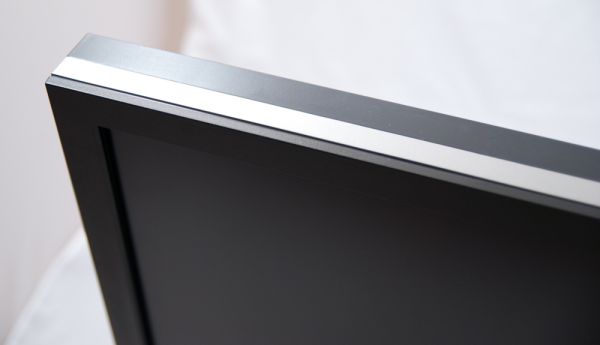

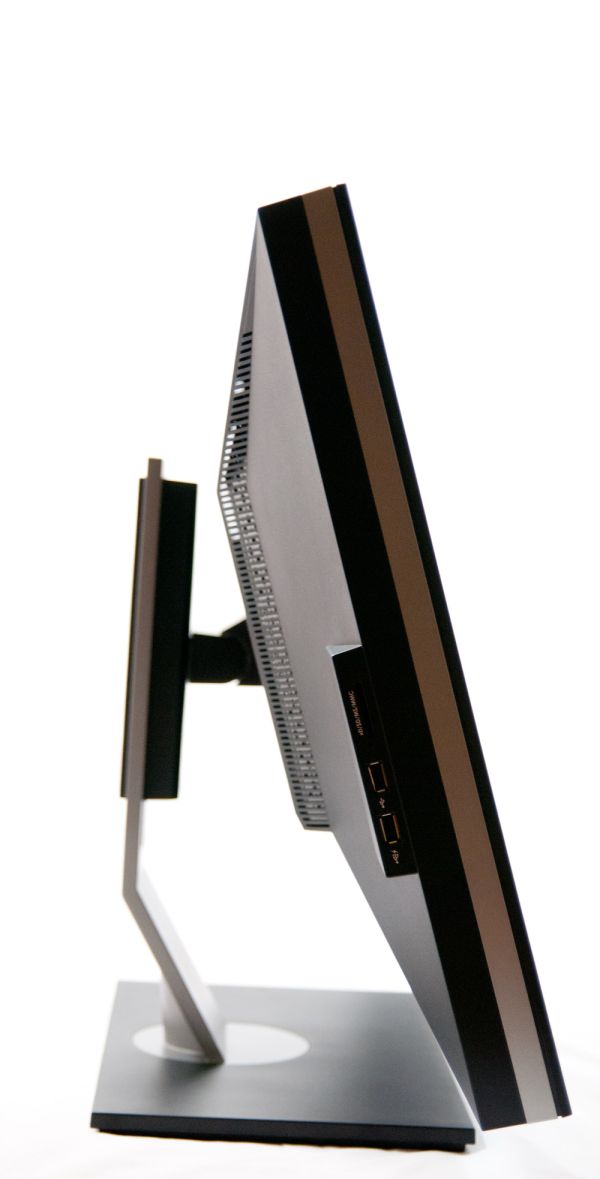
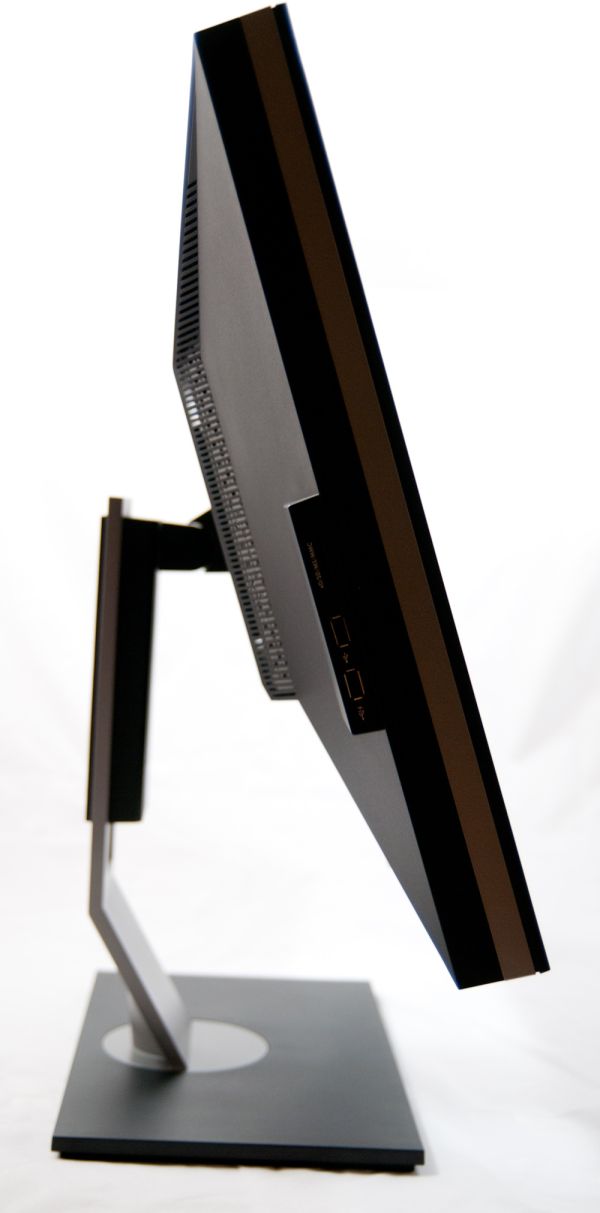
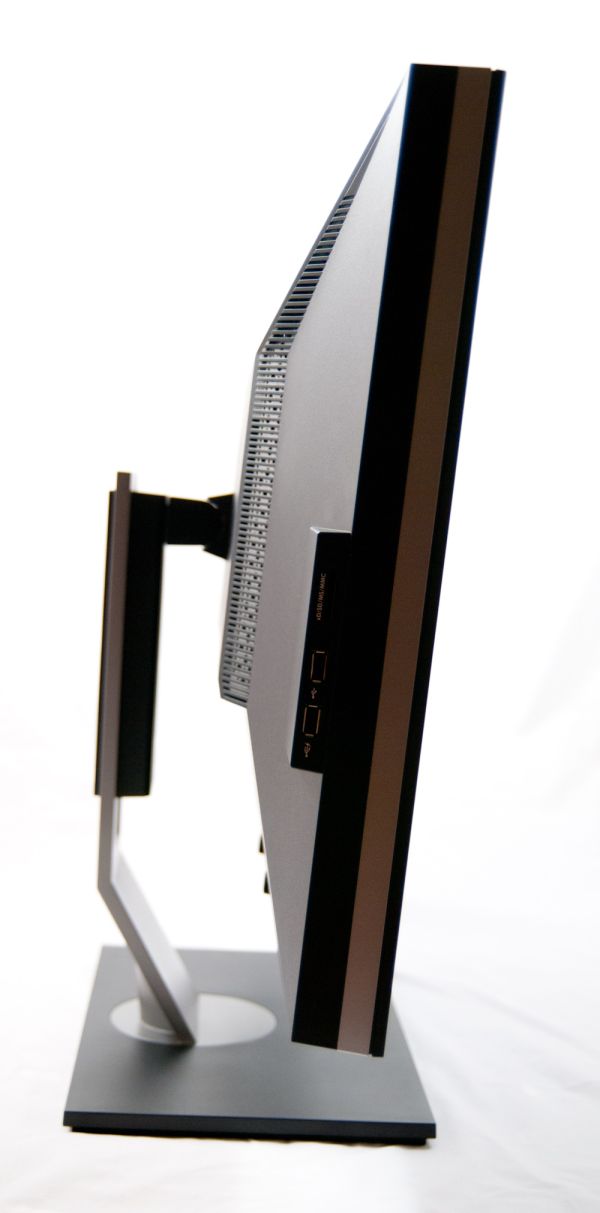
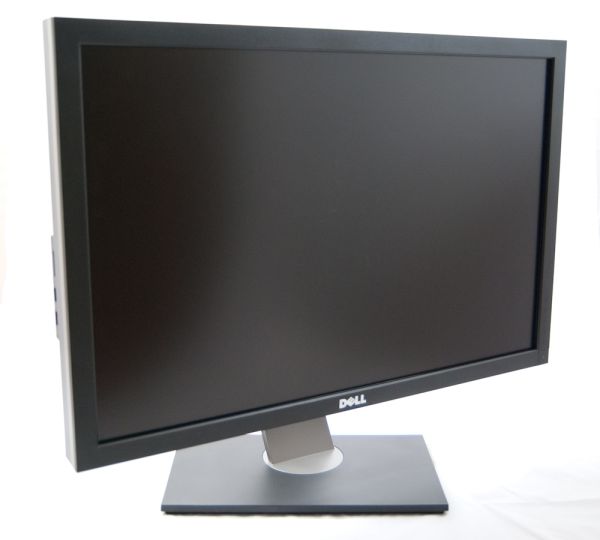
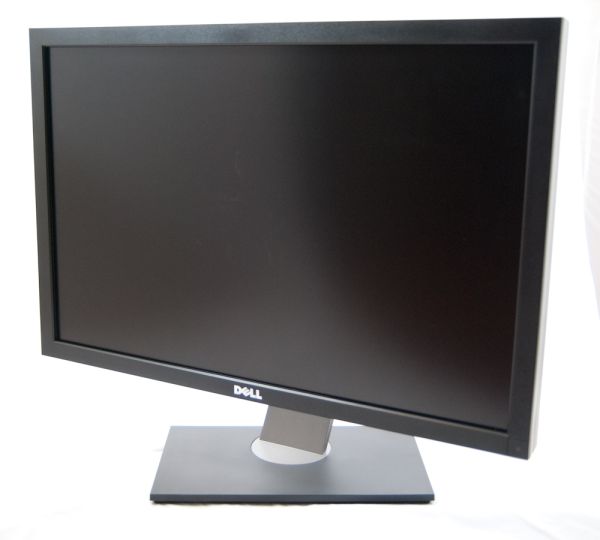
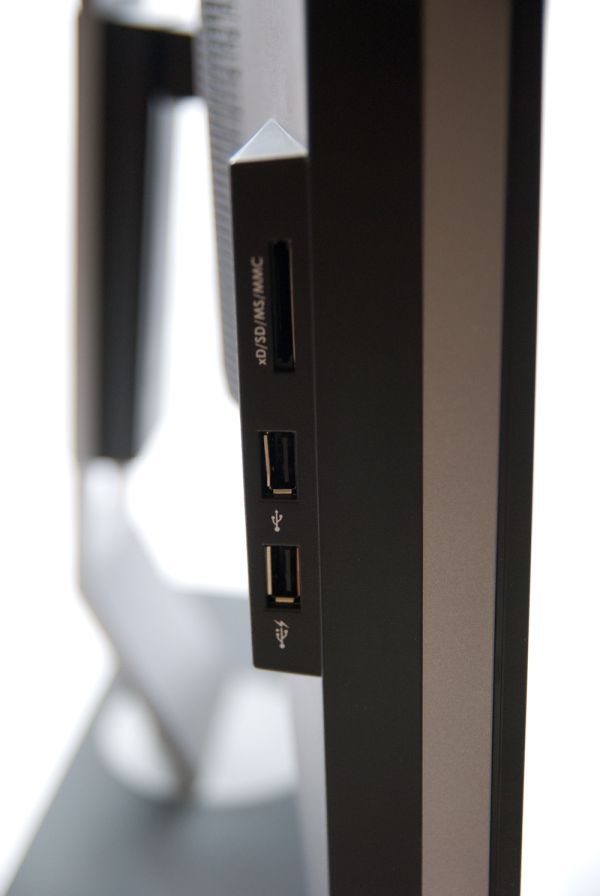
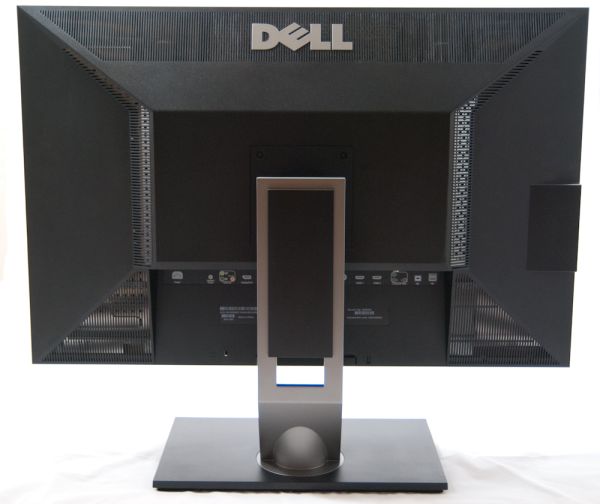
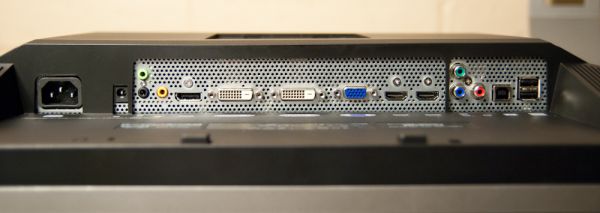

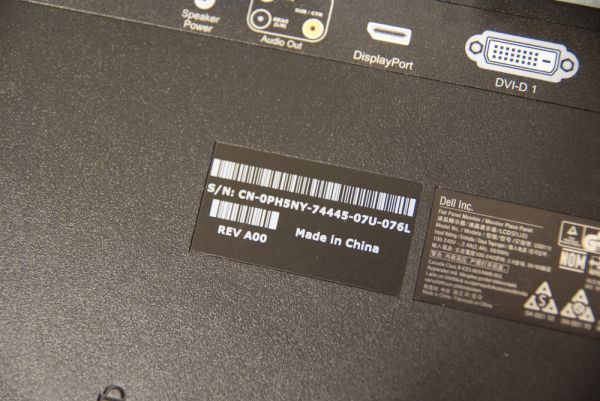















123 Comments
View All Comments
Drag0nFire - Friday, January 14, 2011 - link
Wondering if anyone can help me compare the coating on the U3011 vs the U2711. When I saw the U2711 (and the U2410) in person, I found in both cases that the screen had an obtrusive sort of matte anti-glare coating.I'm normally a fan of matte displays, but there seemed to be something wrong at the interface. The effect was similar to my 2G iPod Touch with a matte screen protector (on top of a glossy screen). It created a cloudy appearance, and one can see a sort of rainbow effect around white pixels.
I'm interested in purchasing a new high quality display, but this coating seems like it would impair day-to-day usage. Can anyone comment?
Thanks!
niva - Friday, January 14, 2011 - link
This review actually talked about the coating on the u3011 being noticeably better in comparison to previous implementations. I think it depends on the environment you'll run this in, my computer room is dark and the blinds rarely come up so something like that wouldn't even be an issue to me.optics261 - Monday, January 17, 2011 - link
the coating is VERY strong on this monitor... the coating makes the appearance of sparkles on any light/white areas of the screen. the fact that you are in a dark room means that you need coating even less.zanon - Thursday, January 13, 2011 - link
I believe that with a price beyond $1k screens are in a range that can reasonably be compared to high end displays like those manufactured by NEC and Eizo. I'd be very interested to see how color deltas and such stack up against models like the NEC 2690/3090 (calibrated via SpectraView) as well in order to better place it in the range of available options. Thanks for your great reviews.GTaudiophile - Thursday, January 13, 2011 - link
Problem with that is that the Eizo and NEC monitors in the same price class are 6 inches smaller. I think the 30" models from them break the $2K mark.Brian Klug - Thursday, January 13, 2011 - link
I completely agree actually, I'd really like to start reviewing some NEC and Eizo displays. We're working on getting those (I believe we'll see an NEC soon), but it's going to take a little bit.Completely agreed though!
-Brian
randomlinh - Thursday, January 13, 2011 - link
How about software properly scaling first? win7 works to an extent, but still looks wonkyzanon - Friday, January 14, 2011 - link
Fantastic to hear, and I totally understand if it'll take a bit to expand your testing range. You've already got a solid calibrator at least (the i1D2, same as I've got with my LCD2690) so you don't necessarily need the -SV package, just the normal screen since SpectraView II can be gotten separately. But I'll definitely look forward to seeing how the continued evolution of screens changes the picture (har har) in the market. At some point my workhorse NEC will surely give out.@GTaudiophile
You mean 4 inches smaller (26"), 30" screens tend to be around $1800 as you say, but more to the point I don't think that's actually too big a deal. If you're in the market for something this nice at all, pretty much by definitely you're already way outside the standard, and very likely to be willing to spend an extra few hundred bucks here or there if the performance is justified. By the same token, continued advancement may actually allow Dell etc to compete straight up with higher end screens for all but the rarest applications, and thus let us save some extra money as well. Either way, it'd be useful, so I'm excited that it's in the cards eventually.
GTaudiophile - Friday, January 14, 2011 - link
I dunno...looking at various prices for NEC and Eizo monitor, I have to conclude that DELL/HP are still fulfilling some sort of "value" niche when it comes to IPS monitors:NEC LCD2690WUXI2-BK-R: $759.00 (26")
NEC PA271W-BK: $1,399.00 (27")
NEC LCD3090WQXI-BK-R: $1,399.00 (Cheapest 30" model)
All prices, NEC.com.
Eizo ColorEdge CG303W (30" IPS): $5,035.00 @ BHphoto.com
Eizo ColorEdge CG243W (24.1" IPS): $2,346.00 @ BHphoto.com
For the price of the U3011, you can consider NEC's high-end 27" or low-end 30". I would like to see how the latter compares to the DELL, and I would like to see how that 27" compares to the U2711. The rest of the NEC 30" monitors break the $2K mark.
Eizo pretty much remains unapproachable for me.
My personal budget for a 27-30" IPS is between $1,000-$1500. Again, I want something for 1) General Office Use, 2) Digital Photography editing, and 3) Gaming.
GTaudiophile - Friday, January 14, 2011 - link
For what it's worth, I am still using my trusty DELL FP2001 from a decade ago!!! I have been debating on what to upgrade to for the past two years! Reading monitor reviews is nerve-wracking. Nothing is perfect out there...for the price you want! It's like either a $300 TN or a $3000 Eizo with not enough in between.